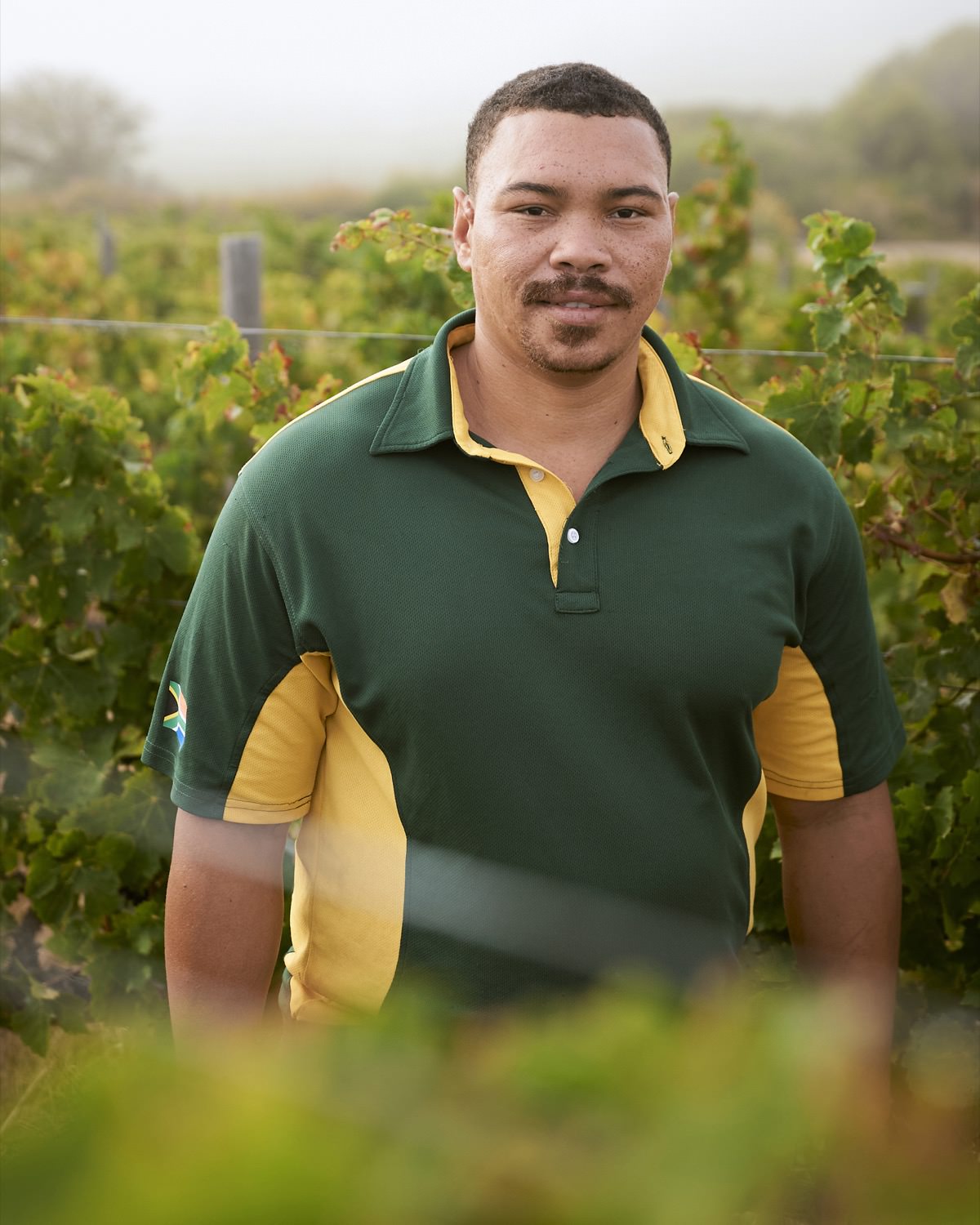Our history

Our vineyards
Our winery
In accordance with the château principle, our wines are pressed exclusively from grapes grown on Capaia territory. With Capaia having its own bottling and labelling facilities, it completes the circle of our well-rounded estate.
The heart of Capaia is the winery where all red wines are fermented in oak fermenters, in the form of 56 French-oak fermentation tanks, each with a capacity of 5,200 L and 8,400 L respectively, making it the largest wood-based fermentation plant for private cellars in the world! They come equipped with temperature regulation, manufactured by Tonnellerie Taransaud in Cognac. With the unloading station located at the winery’s highest point, all juices are entirely gravity-fed, a technique that has proven to facilitate outstanding wines. The use of the French oak fermenters contributes significantly to the quality of the wine. The difference between using wood and steel in fermentation is noticeable. With wood there is oxygen exchange during the fermentation process and the wood flavour is immediately brought to the juice from an early stage.
As a general rule, red-wine grapes will be left for fermentation on skins for a period of 25 to 30 days, whilst our Sauvignon Blanc is matured exclusively in stainless-steel tanks. For the maturing of red wines, a vat cellar with 1,500 barriques (225L) is available, also supplied by Taransaud.

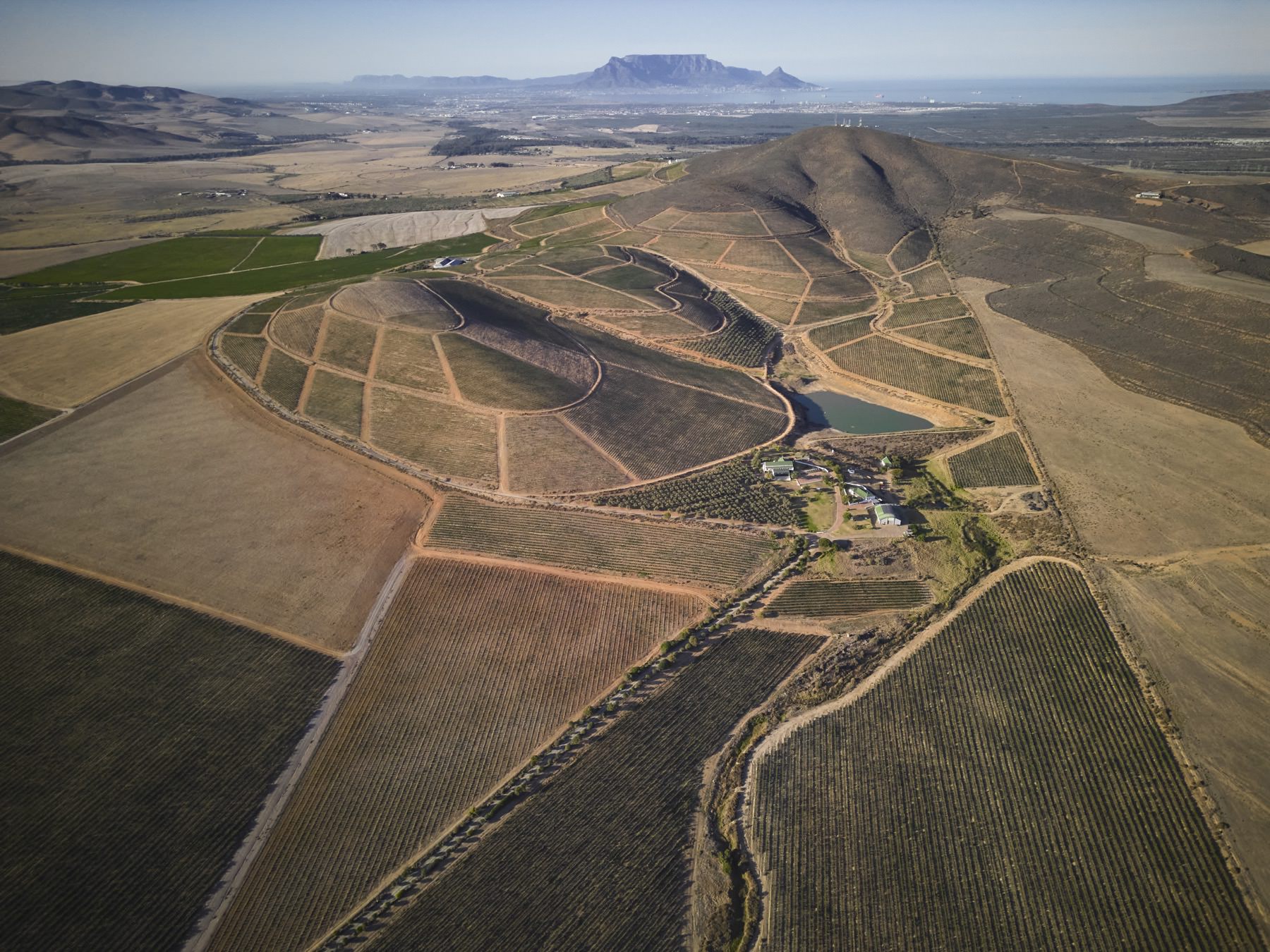
CONSERVATION AREA
Vision statement
The CWCA will be an ecologically functional, green open space that protects the indigenous fauna and flora while also creating a safe space for the enjoyment and recreational benefits of the natural environment. This will be achieved by ensuring that all activities and operations within the protected area are environmentally responsible and don’t impact the natural processes within the protected area.

» CAPAIA IS A PLACE WHERE YOU CAN EAT & DRINK YOUR FILL, BUT NEVER SEE YOUR FILL. «
Mariella von Essen

Family
Mariella & Nick von essen
general manager / Cellar Master
Bernabé Strydom
In 1997, Bernabé kick-started his career in the wine industry at Nuy Wine Cellars between Worcester and Robertson. Afterwards he entered the Golden Triangle in Stellenbosch and eventually moved to Capaia as a Cellar Master/General Manager. In his early years at Capaia, he completed a harvesting season in Saint- Émilion in France where he enriched his knowledge and capabilities in old world style wine. For the past 17 years, Bernabé has been part of the Capaia family. Over the years Capaia has received numerous awards and international recognition for its wines.
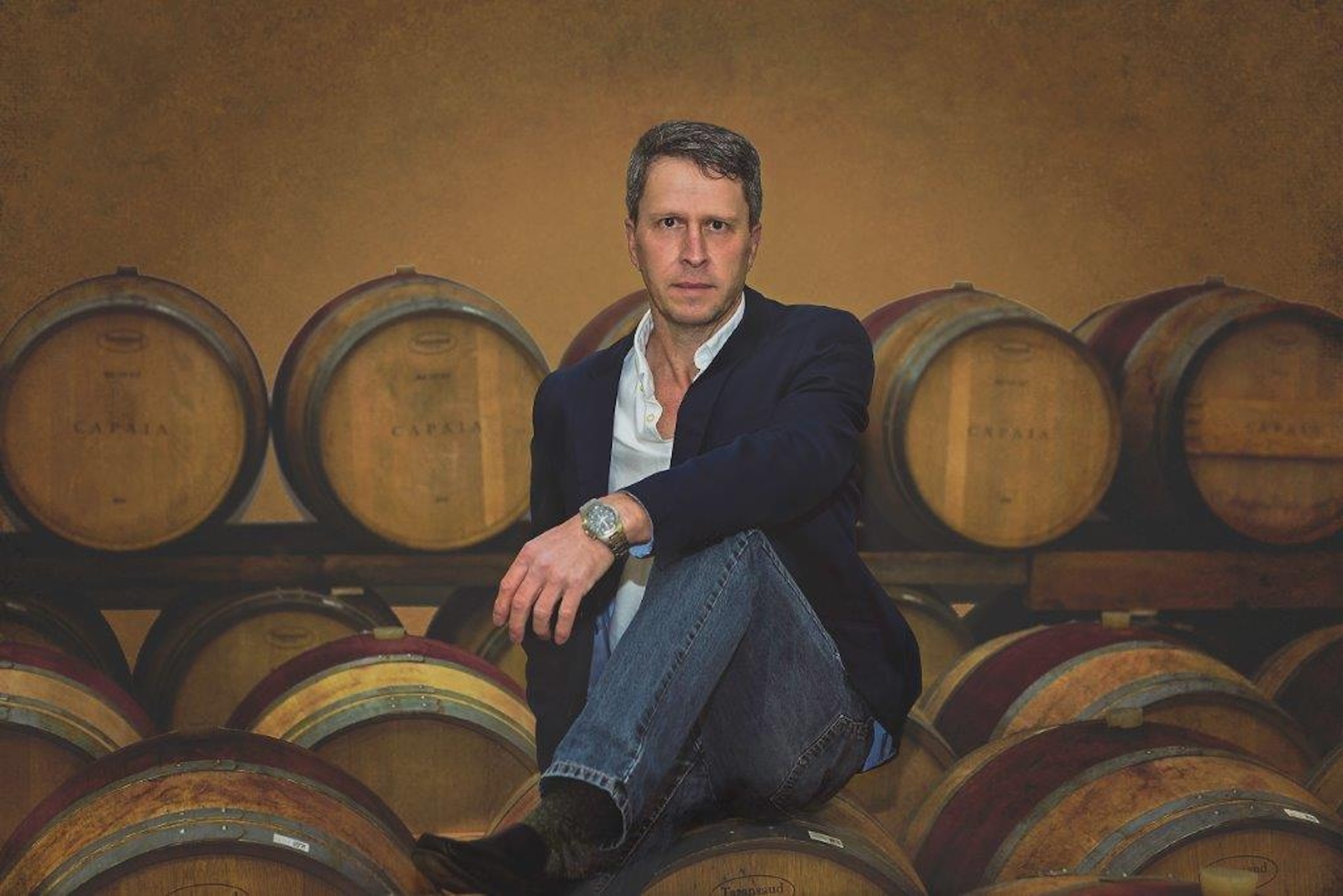

Partner
stephan von neipperg
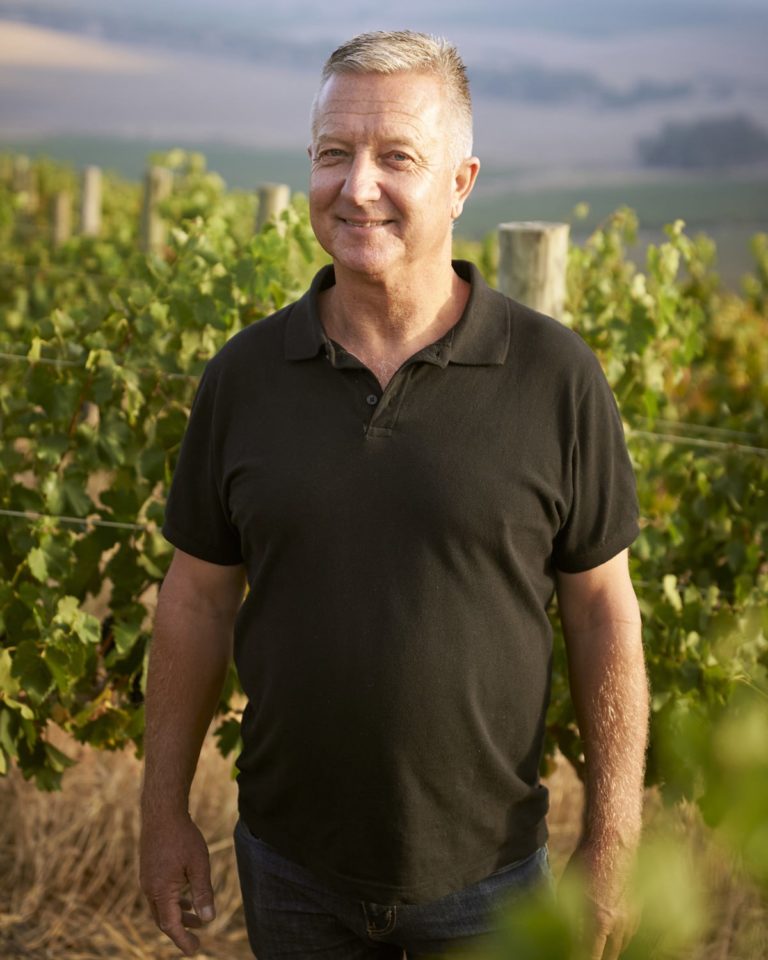
Derrick Steyn

MarIna van schalkwyk
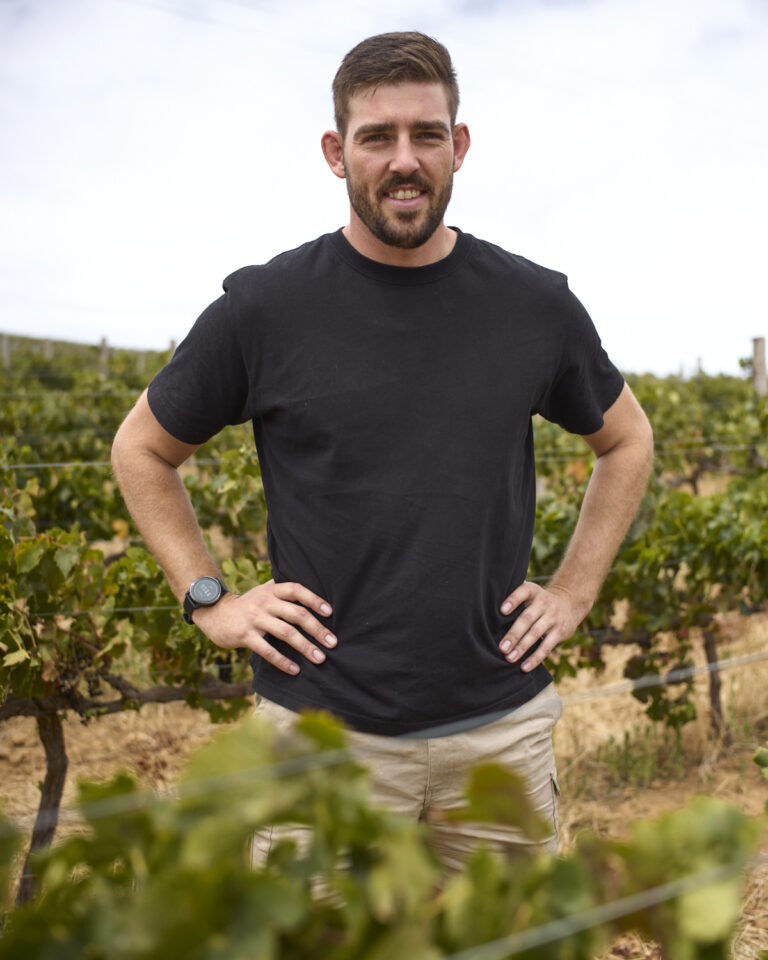
Stephan Potgieter
